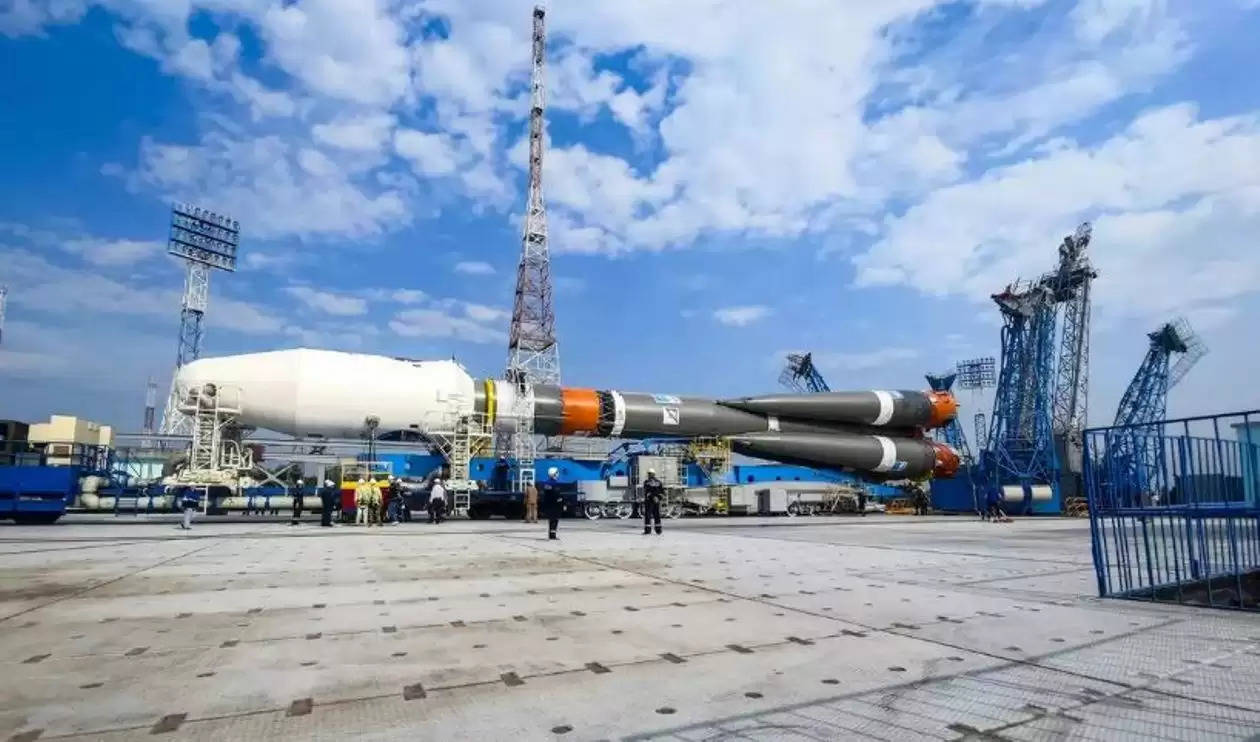Luna-25 of Russia races against India's Chandrayaan-3 in Lunar Mission pursuit
Lunar-25 and Chandrayaan-3 both are scheduled to touch down on August 23, 2023
The pioneer to reach the southern pole of the moon
After experiencing several delays, Russia is gearing up to launch a lunar mission this week. This has set the stage for a competitive race with India's Chandrayaan-3 to be the first to reach the Moon's south pole. After an interval of almost fifty years, Russia is gearing up for a significant lunar exploration endeavor. Slated for the early hours of Friday, August 11, this upcoming launch marks Russia's return to lunar exploration since 1976. Lunar-25 and Chandrayan-3 both are scheduled to touch down on August 23, 2023. The first successful landing will mark mankind’s first landing on the lunar South pole.
The preparations are centered at the Vostochny cosmodrome, situated in the Russian Far East, where a Soyuz rocket has been meticulously assembled. This rocket will carry the Luna-25 lander, a unique four-legged module weighing approximately 800 kilograms. The primary mission objective for Luna-25 is to successfully land in the vicinity of the lunar south pole, marking a promising step forward in Russia's lunar exploration ambitions.
Departing from the Vostochny cosmodrome, situated 3,450 miles (5,550 km) to the east of Moscow, this launch is scheduled just four weeks subsequent to India's Chandrayaan-3 lunar lander deployment. Notably, Chandrayaan-3 is on track to make its landing attempt at the lunar pole on August 23, 2023.
Roscosmos, the Russian space agency, has unveiled an ambitious roadmap for the Luna-25 spacecraft. According to this plan, the spacecraft is set to undertake a concise five-day voyage to reach the Moon. Subsequently, it will spend approximately 5 to 7 days in lunar orbit. The final stage of the mission involves a meticulously planned descent to one of three potential landing zones located in close proximity to the Moon's southern pole. This strategic timeline indicates the possibility of Russia achieving a lunar landing that could either align closely with or slightly exceed the anticipated touchdown of Chandrayaan-3.
Confronting the intricate landscape of the moon's southern pole presents a significant hurdle. Yet, this particular area holds profound scientific allure owing to its conjectured wealth of ice, a resource carrying extensive ramifications. This ice resource has the potential to function as a critical reservoir for essential elements such as fuel, oxygen, and potable water, thereby providing substantial support for upcoming initiatives focused on establishing human presence on the moon.
Source: The Economic Times
To join us on Facebook Click Here and Subscribe to UdaipurTimes Broadcast channels on GoogleNews | Telegram | Signal



